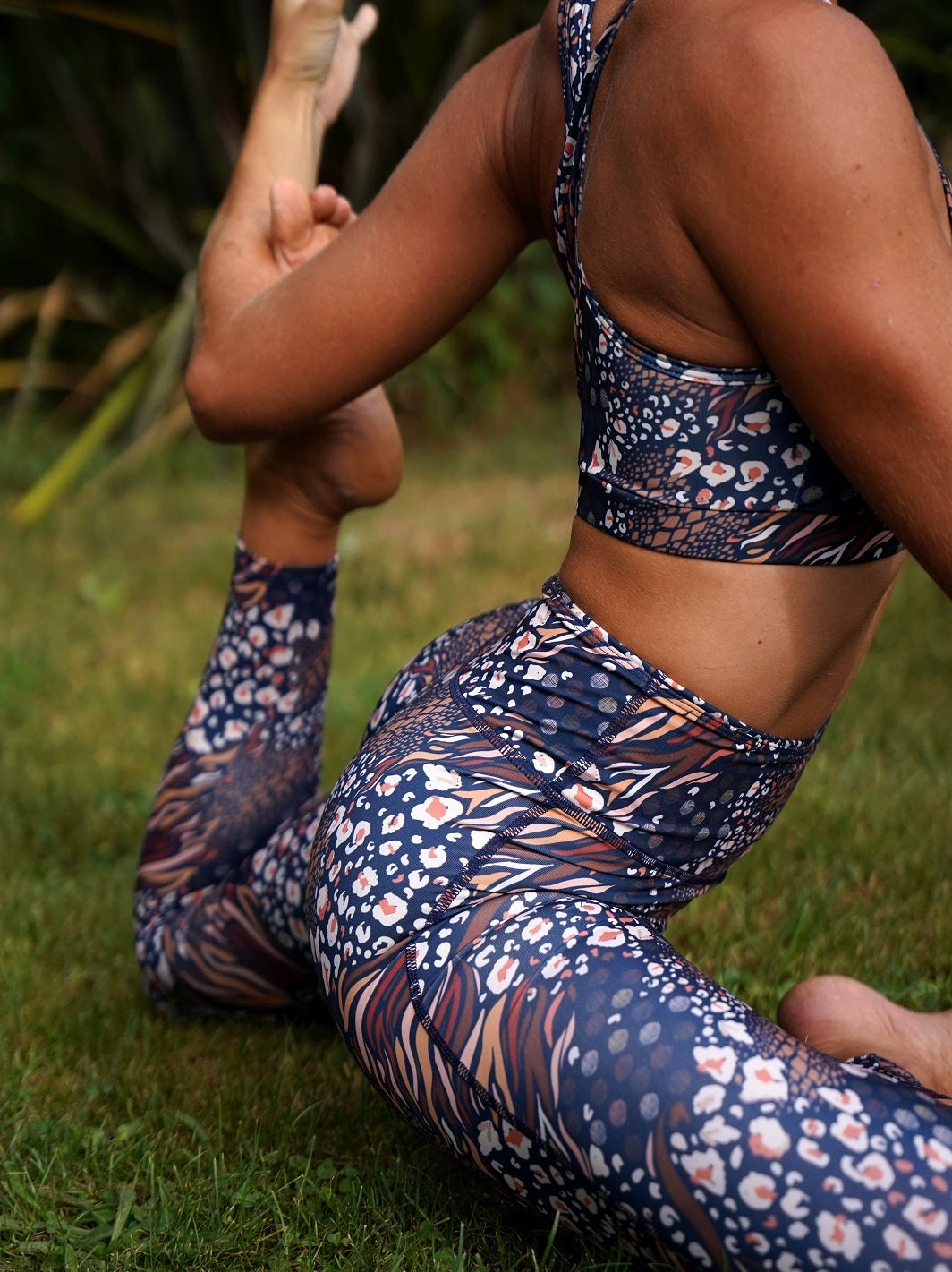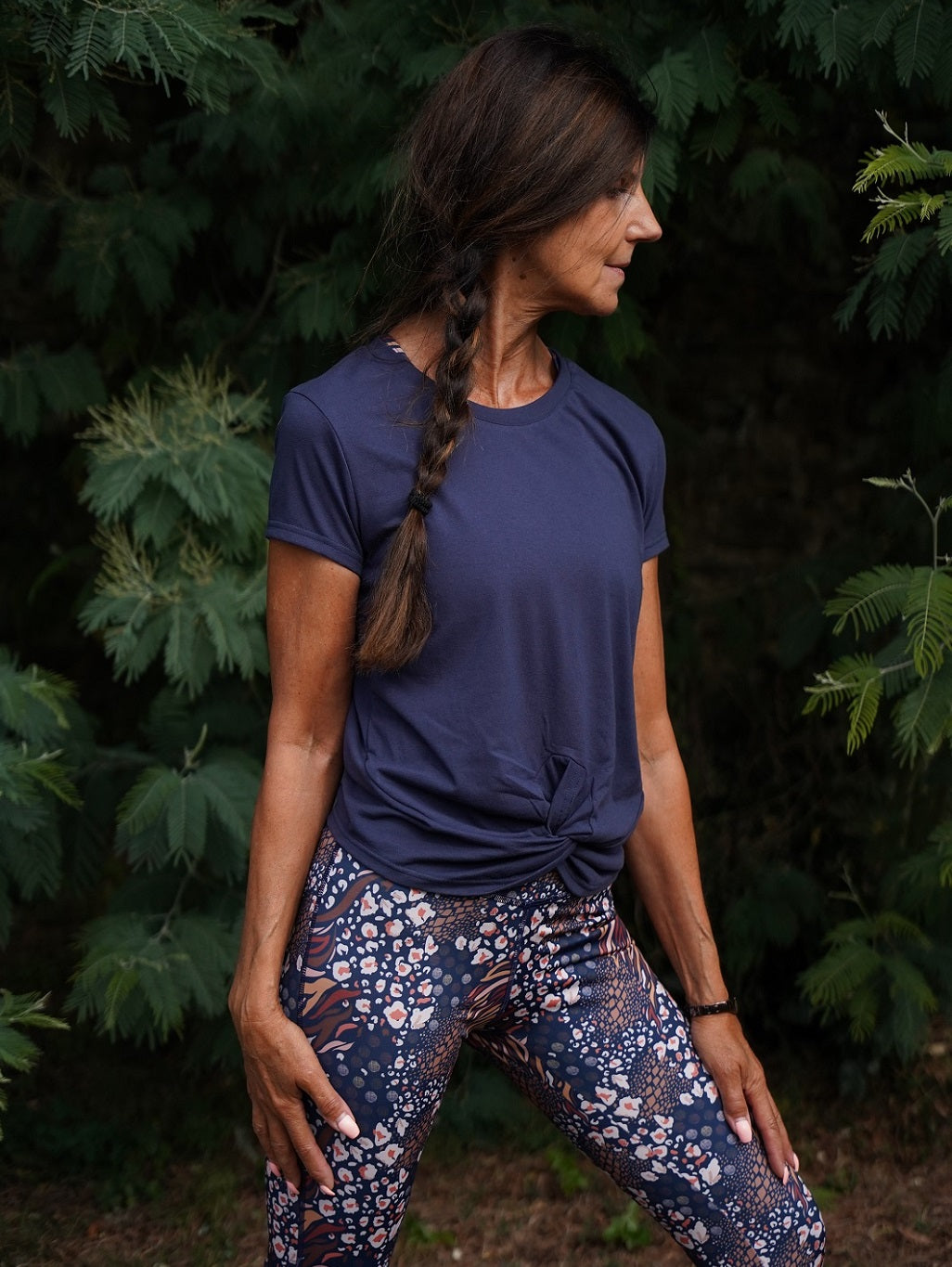Stop falling into the traps of greenwashing!
Have you just made a purchase that you are proud of for its eco-responsible aspect... only to discover shortly after that you have been cheated?
Yes, that happened to me too and it's pretty annoying!
Buying local, eco-responsible, ethical, all of this takes time!
In this post, I review the most common greenwashing techniques in the fashion world to avoid being fooled again!
Definition of Greenwashing
It is a deceptive way of communicating which consists of artificially greening the image of a product or a company, falsely giving it a responsible ecological image.
Very often, more money has been spent on green advertising than on real eco-responsible actions, which remain anecdotal in relation to the real environmental impact of the product or company in question.
Technique 1: French brand
This mention could imply that the manufacturing is French when it is often only a question of the design.
Just like other terms like “workshop” which makes you think of local craftsmanship or “house” which gives an impression of luxury, “French brand” is misleading!
This simply means that the company's head office is in France but does not say more about the geography of manufacturing.
To find out more about the made in France label, read our article dedicated to this subject!
Technique 2: Natural fiber
There are 3 types of textile fibers:
- Natural fibers: extracted directly from nature with little processing (cotton, wool, linen, hemp, silk)
- Artificial fibers: obtained following a chemical transformation of a product of natural origin (viscose is the product of wood pulp dissolved in very polluting solvents)
- Synthetic fibers: from petrochemicals (polyester, acrylic)
Some brands boast the presence of natural fibers even though they only represent a tiny portion of the total composition of the fabric.
I particularly noticed recently that I own a “wool blend” sweater which contains 1% wool, all the rest being synthetic fibers (acrylic, polyester)...
Read the labels carefully!
Technique 3: We plant trees for the purchase of each item of clothing
Yes, trees store carbon and play a major role in climate regulation.
So why is it greenwashing to say that we plant a tree for every purchase made?
In short, it's like trying to empty an overflowing bathtub with a teaspoon, without turning off the tap.
Manufacturing clothing that is not eco-designed releases C02 emissions immediately during the production process.
A tree, for its part, takes time to grow, does not store carbon in a linear fashion throughout its life (mainly when it grows) and stores on average 20 to 30 kg of C02 per year.
Planting trees means wanting to remedy a problem when the damage has already been done.
Eco-designing clothing means reducing C02 emissions at the source!
“Today, Humanity emits around 55 billion tonnes of CO2 per year, while the natural capacity to absorb this CO2 is only around a dozen billion tonnes per year. This means, roughly, that we emit 40 to 45 billion tonnes of CO2 “excess” to be “carbon neutral”. To compensate for these CO2 emissions, we would therefore have to plant a lot of trees. Basically, 1500 billion trees. In terms of surface area, this would be more or less equivalent to a billion hectares of forest to be planted.
Roughly speaking, this means that if we wanted to compensate for humanity's excess global CO2 emissions, we would have to completely cover the surface of the United States, or that of China, with trees. So, is this realistic? Well not really. »
Source: https://youmatter.world/fr/planter-arbres-solution-climat-efficacite/
Technique 4: Neutral in carbon emissions
Carbon neutrality is not a small claim, it means that the manufacture of the garment has not generated any C02 emissions or that they have been completely offset.
The first scenario is unlikely, as for the second we wonder: yes but how?
And let's have fun assuming that it's true: what about the consumption of water and natural resources to produce the garment?
Be wary of overly pretentious claims without proof that are too good to be true!
Technique 5: Vague terms, without proof
Here is a non-exhaustive list of terms that should alert you because they are too vague and often used in greenwashing strategies:
- Sustainable or sustainable: Evidence?
- Ecological cotton: certifications?
- Natural cotton: yes it is by definition
- Green: but still?
- Zero emissions: proof?
- Offset emissions: how?
Without additional explanations or certifications, these terms simply mean nothing.
Technique 6: Intel House, XY Workshop
Oh my, how chic it is to be called “Maison Intel” or “Atelier XY”.
We have the impression that it is a very intimate production, that the brand owns the production tools. If this is the case, hats off in the current economic context.
And if not… well it’s pure greenwashing which leads the consumer to believe that the manufacturing is local or artisanal when it takes place very far away, in Asia for example!
Technique 7: Fake labels, invented from scratch
100% eco friendly or 100% natural in a pretty green logo!
Some brands (and their marketing teams) have a lot of imagination but do not serve the most noble causes.
Find out about labels in fashion in our article specially dedicated to this subject:
Technique 8: It’s vegan
Vegan simply means that we do not use products derived from animals (leather, feathers and silk in particular for textiles).
This is certainly entirely commendable, but it is not synonymous with ethics or eco-responsibility.
So be wary of the term “vegan” in fashion, especially if it is the only CSR argument put forward!
Technique 9: It’s recyclable
Absolutely, EVERYTHING is “recyclable”. Except that existing infrastructures and technologies do not currently make it possible to recycle all waste.
Much of it is burned or buried.
A brand whose (sole) argument is that its clothes are recyclable has in reality no certainty that the clothes will indeed be recycled.
Hence the importance of upstream eco-design when the downstream is so vague!
Technique 10: Handmade or Hand Sewn
Until proven otherwise, all clothing sewn in the 21st century is sewn by hand...with a sewing machine.
This is a truism, or the art of making a banality shine.
It is extremely rare for a garment to be truly sewn by hand, without a machine, and if that were the case, the price would immediately make you feel it.
So be careful with this wording!
An eco-responsible brand has nothing hidden, quite the contrary.
The entire eco-design approach is its DNA, of which it is proud to share all the details.
Manufacturing locations, materials used, distances traveled by the clothing, construction of the sale price, etc.
Companies that communicate very little, when you have to search for a long time to find some semblance of information, turn on your greewashing detector because it could well be that you have hit the nail on the head.
If you can't find all the information you're looking for, the Clear fashion app provides valuable data on garment production.
At Géopélie, we have adopted transparent communication. Discover here the eco-design of our products and our infographic which summarizes our approach.
Discover here our eco-responsible yoga outfits made in France from recycled materials, perfectly suited to practicing all types of yoga!
And so as not to miss any news from Géopélie, subscribe to our newsletter here at the bottom of the page 👇 we only send a maximum of two per month!















Leave a comment